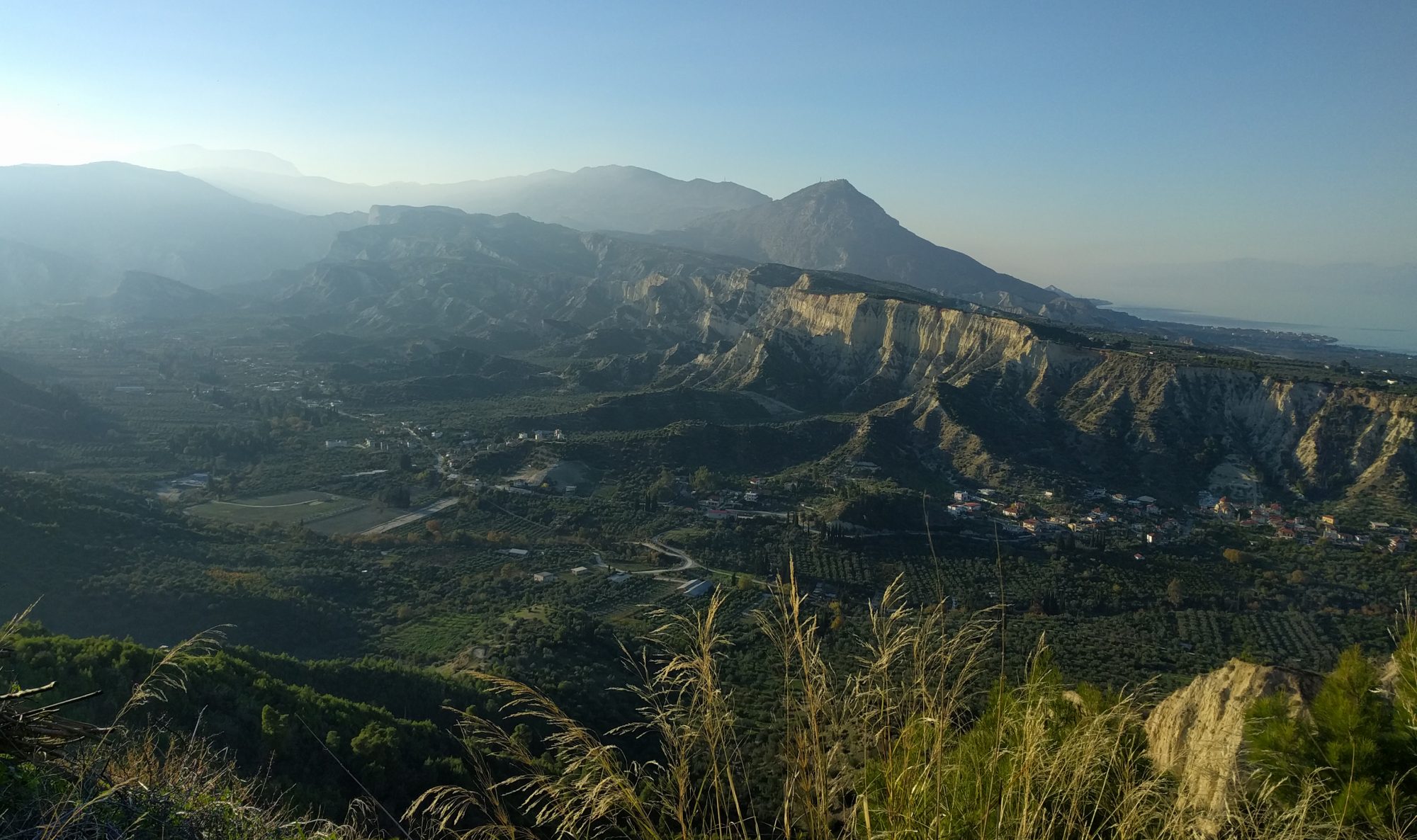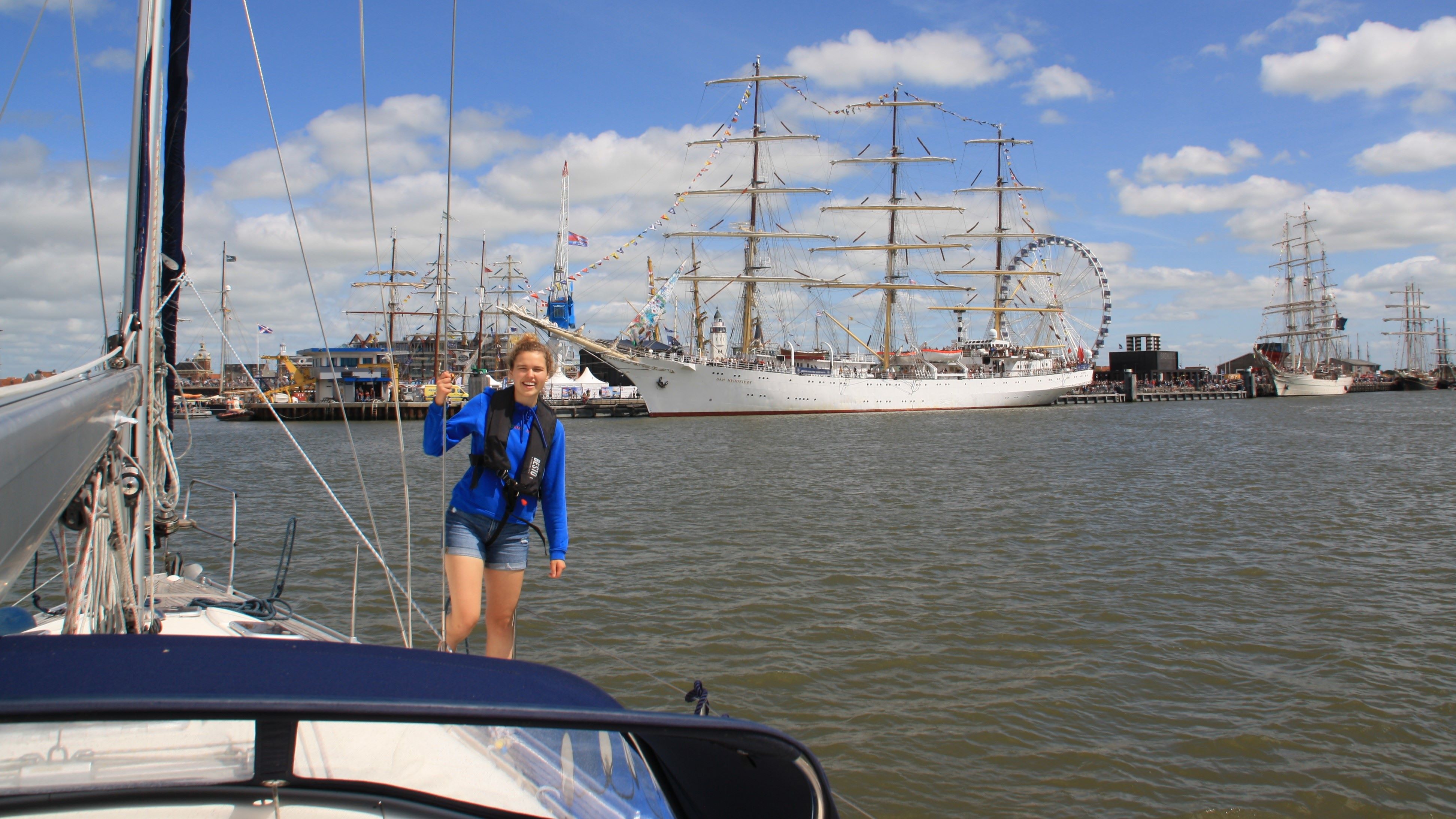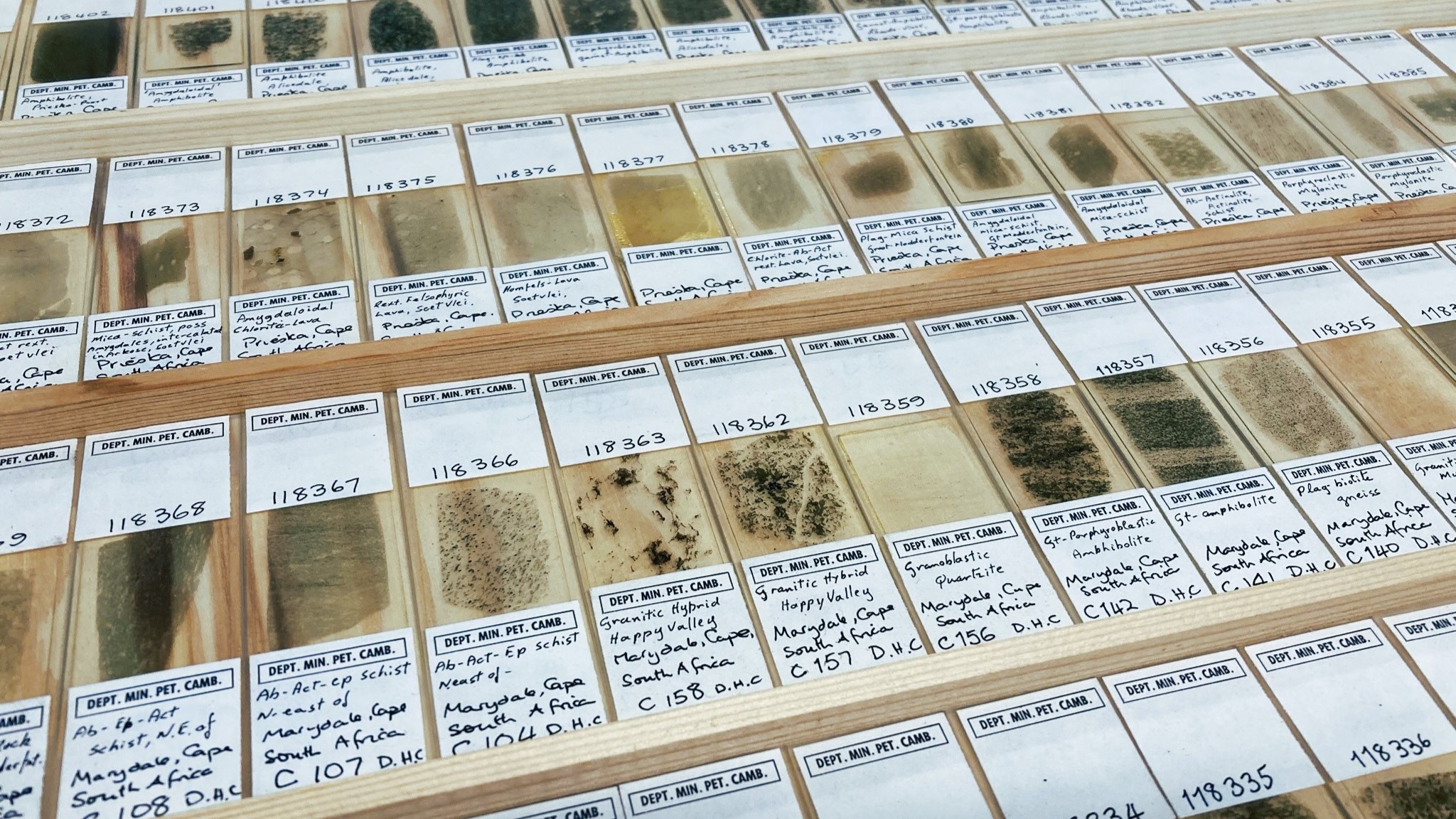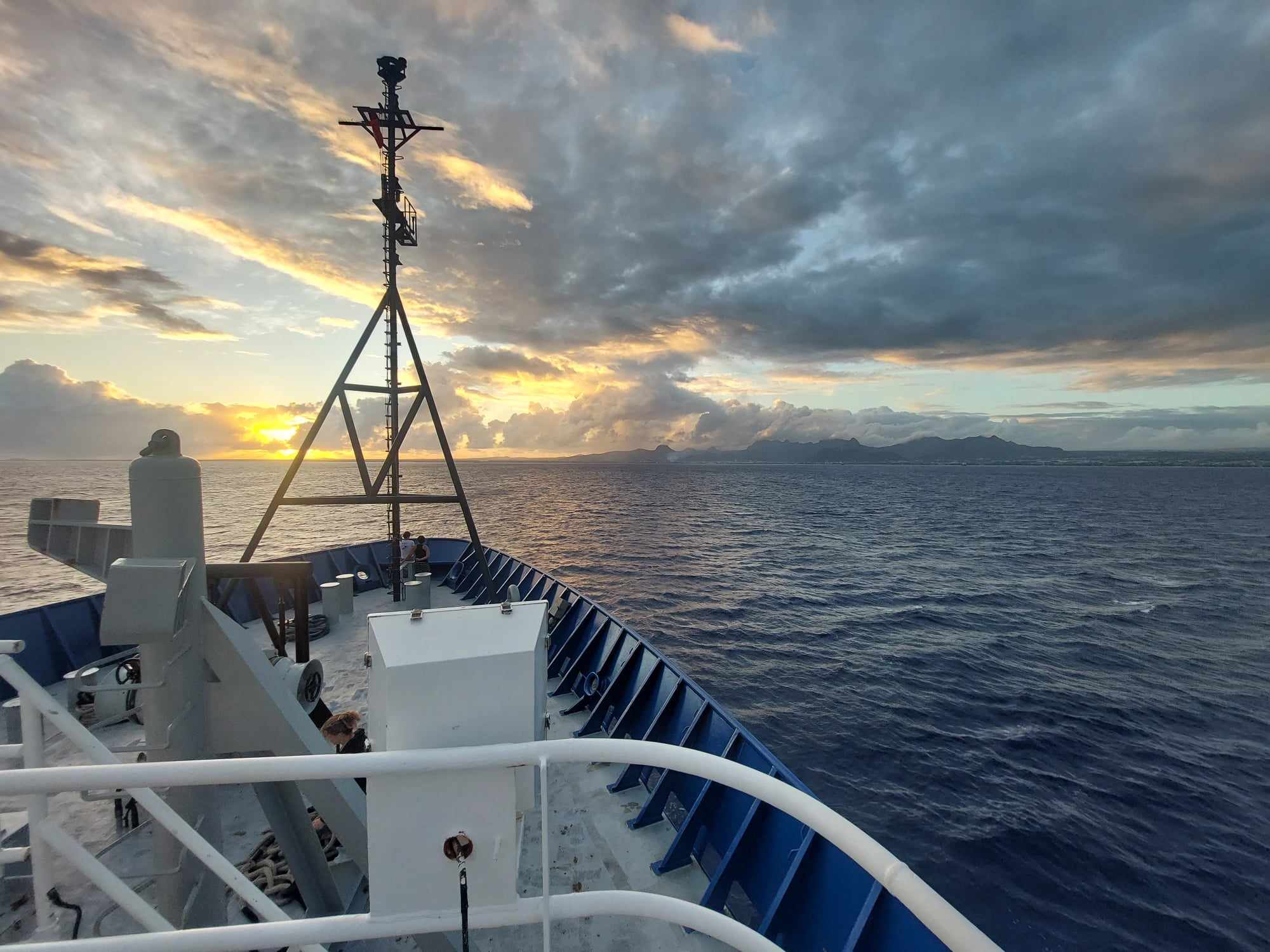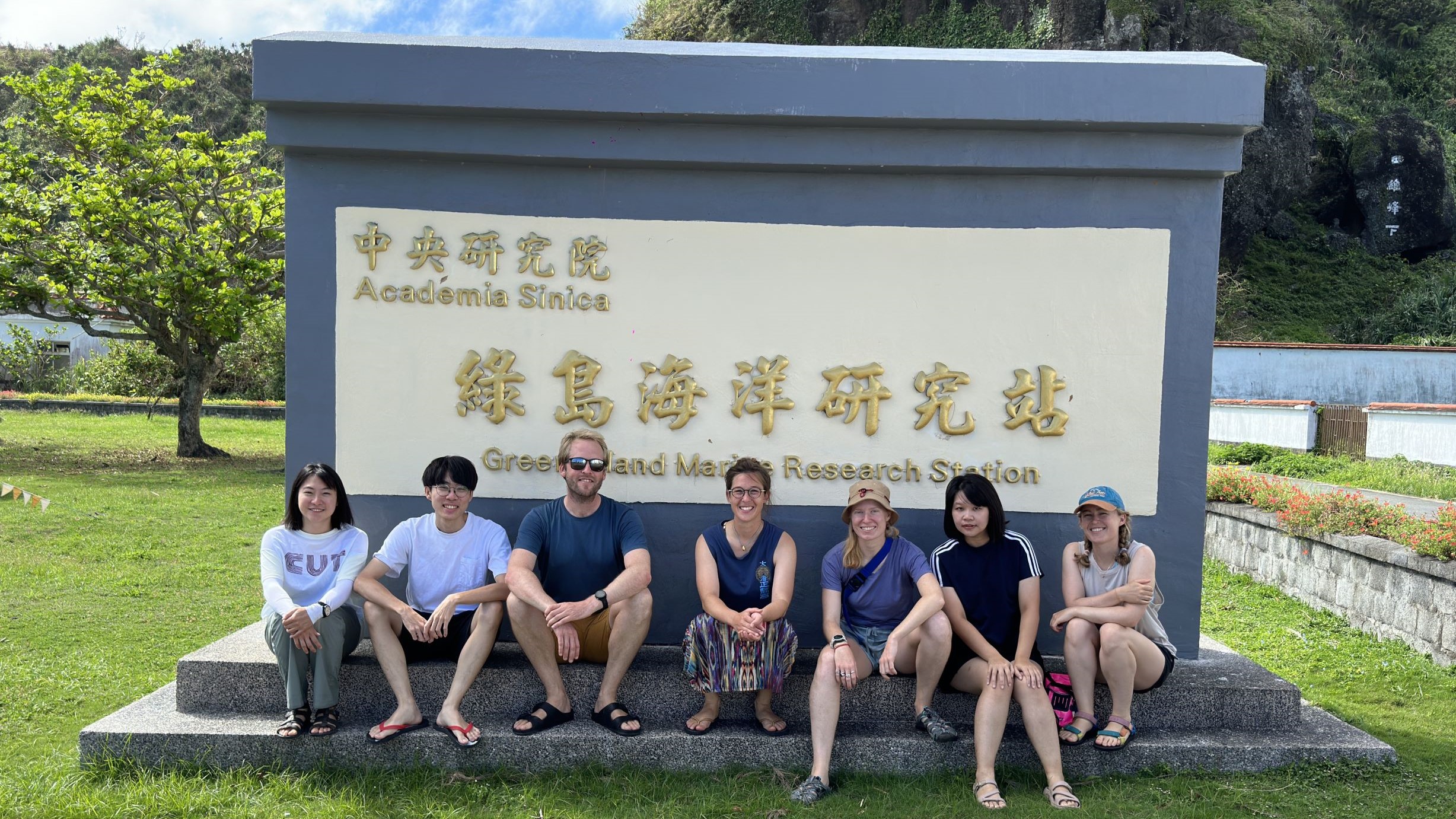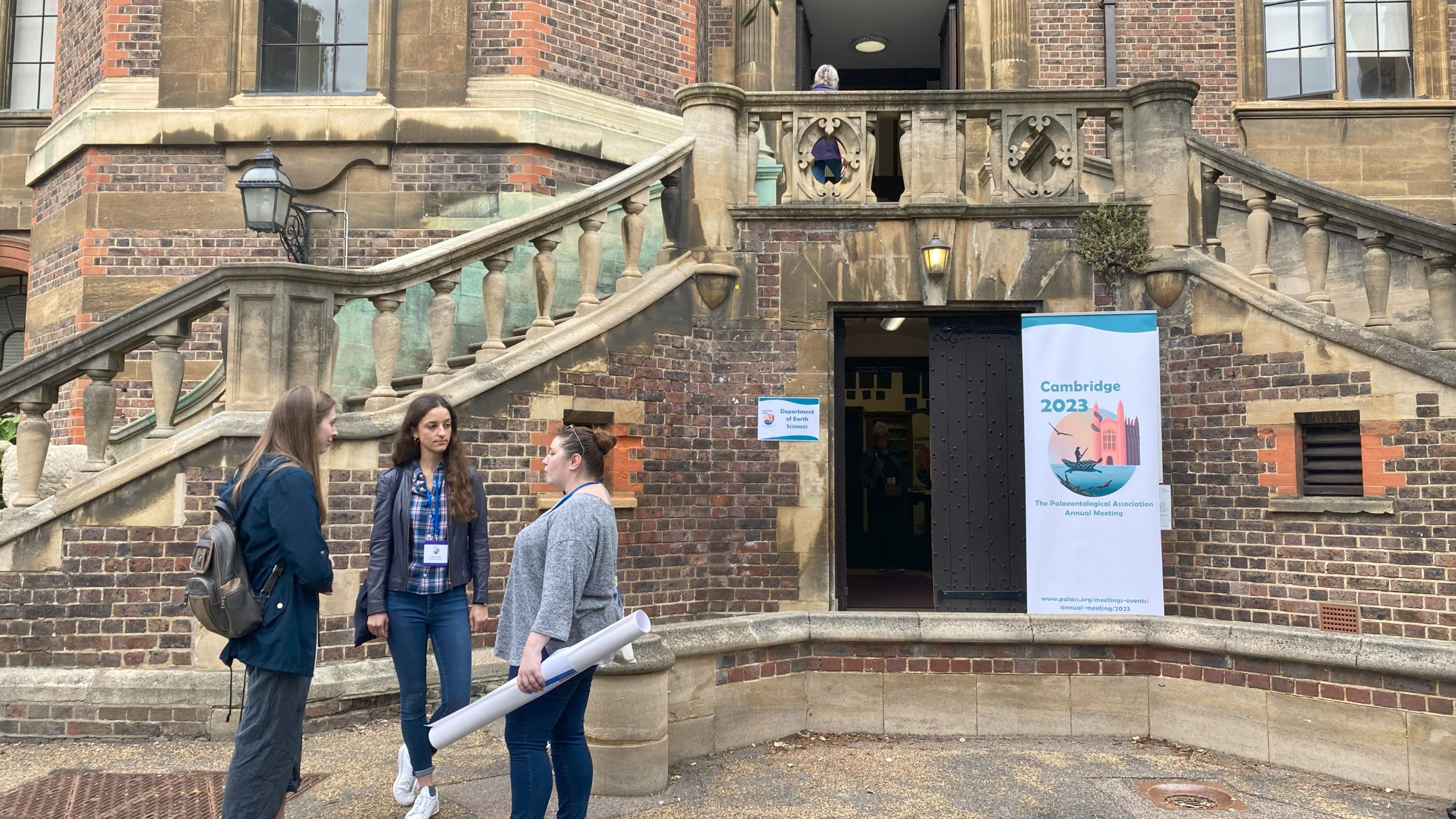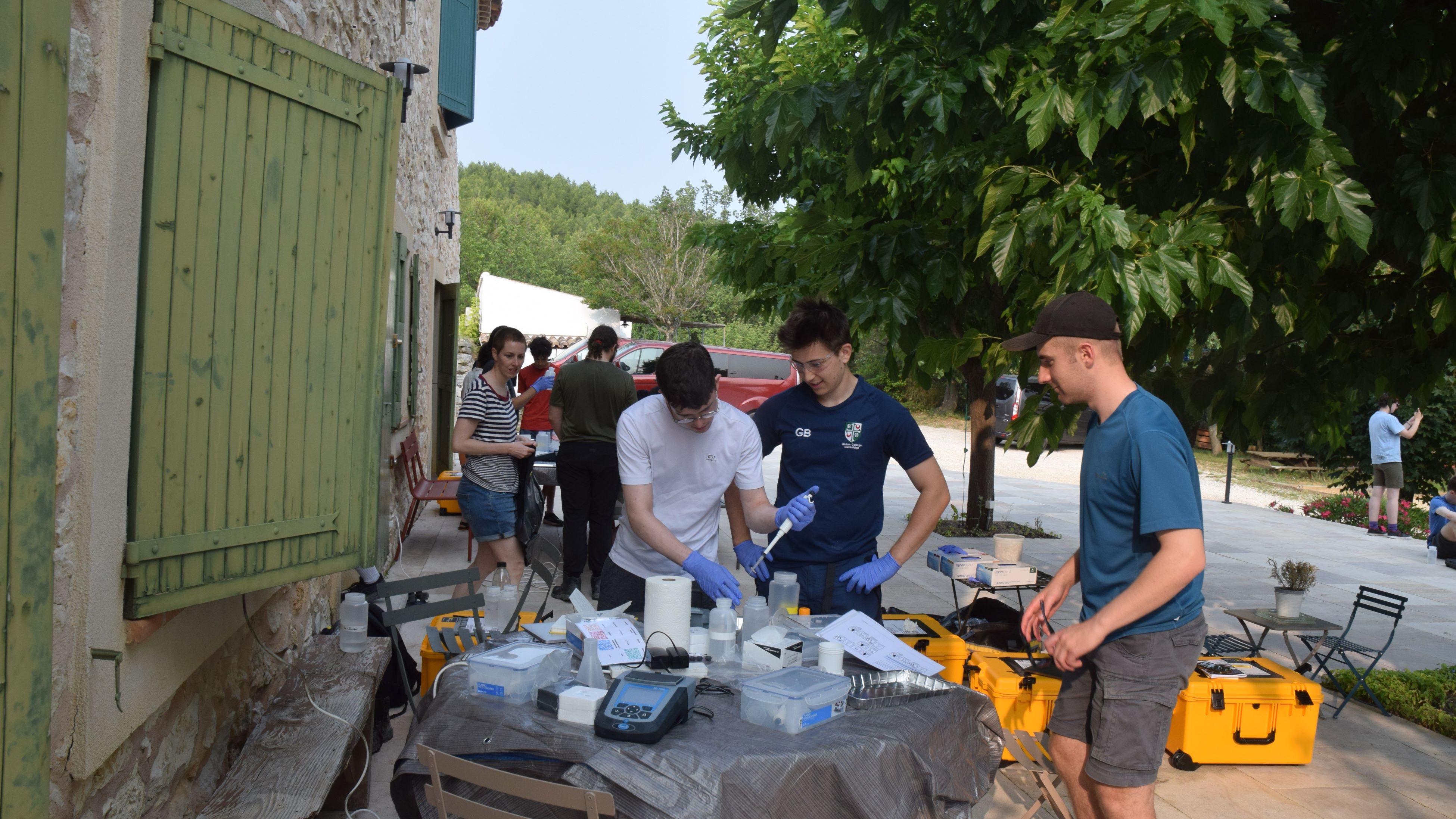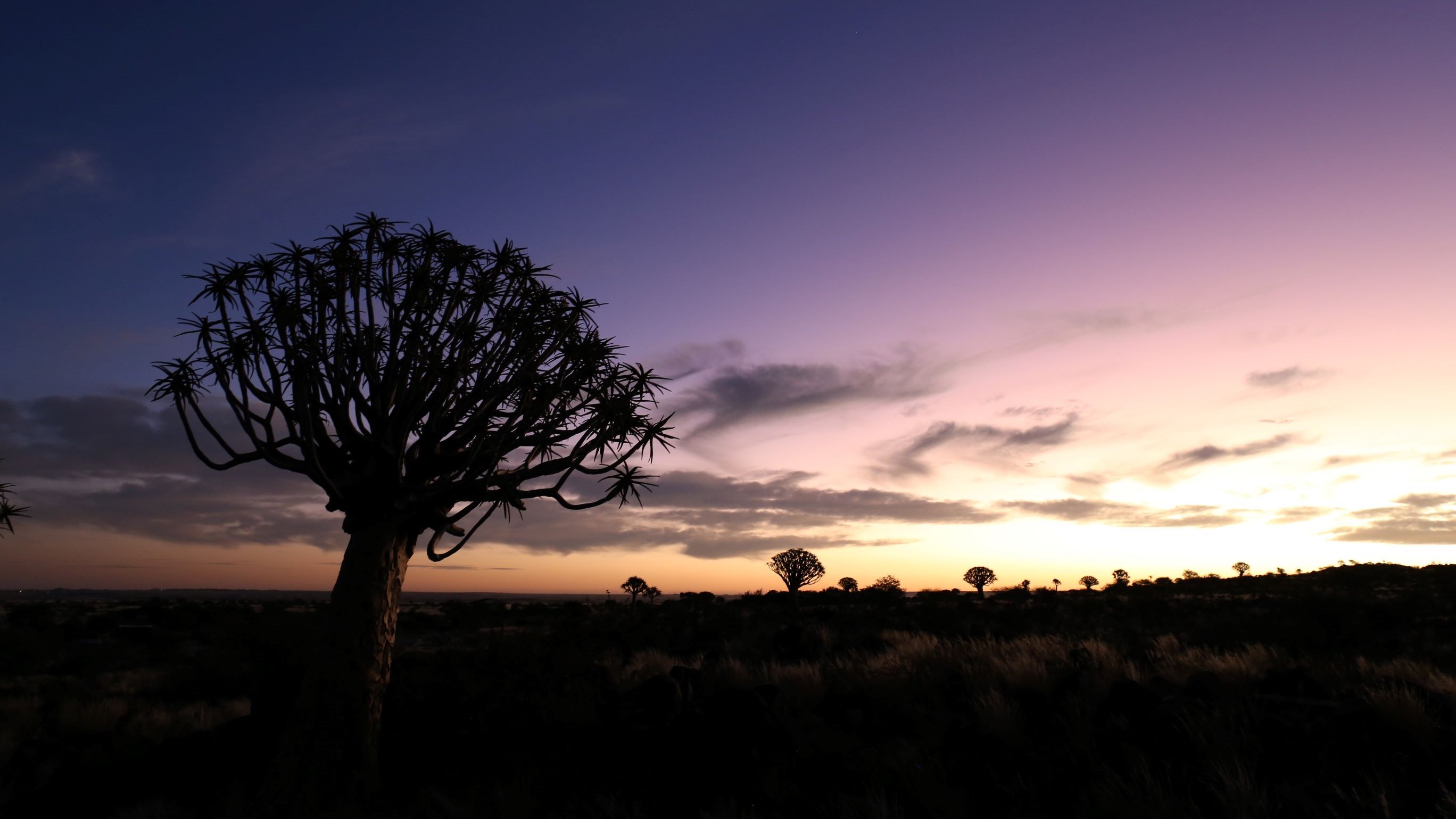Lisanne is in the first year of her PhD on sea level extremes, working with Cambridge Earth Science’s Dr Ali Mashayek and Dr. Andrea Marinoni (UiT the Arctic University of Norway). Lisanne’s project is hosted by the AI4ER (Application of Artificial Intelligence to the study of Environmental Risks) Centre for Doctoral Training programme. Lisanne talks to Erin about her research below.
Continue reading “Meet the PhD student using AI to improve forecasts of sea level extremes”Behind the scenes of the Sedgwick Museum’s Petrology Collection, with Robert Seidel
Walk into the Sedgwick Museum and you are instantly immersed in a realm of fossil beasties: from the iconic Iguanodon from which the Museum derives its logo to the recently-discovered giant millipede, Arthropleura.
The Museum is perhaps less well known for its rock and mineral collections, which are of international scientific value and also serve as a key resource for teaching and research in the Department of Earth Sciences and elsewhere.
Continue reading “Behind the scenes of the Sedgwick Museum’s Petrology Collection, with Robert Seidel”Stepping from Science into Policy – Dorothea Moser on interning with the Government Office for Science
Dorothea is a fourth-year PhD student and polar ice core scientist based jointly between Cambridge’s Department of Earth Science and the British Antarctic Survey, where she investigates the characteristics of melt layers in ice cores and their potential for paleoclimate reconstruction. In Autumn 2023, Dorothea spent three months on an internship with the Government Office for Science. In this blog post, she talks about her experience.
Continue reading “Stepping from Science into Policy – Dorothea Moser on interning with the Government Office for Science”The deep ocean is closer than you think: scientific research and life at sea
Nick Reynard is a postdoc in the Centre for Climate Repair in Cambridge, working with Ali Mashayek’s research group at the Department of Earth Sciences. Here, Nick recounts his experience of boarding a five-week scientific cruise in search of the deep Antarctic waters that rise in the Madagascar Basin.
Continue reading “The deep ocean is closer than you think: scientific research and life at sea”A Foray into Foraminifera
This summer a team led by Dr Oscar Branson, including myself and fellow PhD students Winnie Fang and Alice Ball, headed to Taiwan for five weeks. We were on a mission to catch and culture open ocean plankton (specifically foraminifera) and our aim was to understand how they build their shells.
Continue reading “A Foray into Foraminifera”Palaeontological Association 2023 conference comes to Cambridge
Annabel Hunt is a second year PhD student studying the evolution of the theropod palate in the Field Palaeobiology Research Group at the Department of Earth Sciences. Here, Annabel reports back on attending the 2023 Palaeontological Association Annual Meeting.
Continue reading “Palaeontological Association 2023 conference comes to Cambridge”Reporting on the inaugural environmental geochemistry field trip to Provence
The Department recently launched its new Part II environmental geochemistry field projects as an alternative to the successful and long-standing mapping projects.
According to Ed Tipper, co-director of undergraduate teaching, “The decision reflects the diverse research areas of our teaching staff, combined with a growing student interest in pressing environmental issues. This year, 13 students enrolled in the new type of project, making it viable to develop a new field trip to train students ready for this environmental pathway.”
The following blog post is written by Tom Marquand, PhD student in the Department and demonstrator on the inaugural environmental geochemistry field trip to Provence, France.
Continue reading “Reporting on the inaugural environmental geochemistry field trip to Provence”In Conversation with Alex Liu
Dr Alex Liu joined the Department of Earth Sciences in 2016 and is an Associate Professor in Palaeobiology and a Fellow of Girton College. He reflects on his work with Erin Martin-Jones.
Continue reading “In Conversation with Alex Liu”